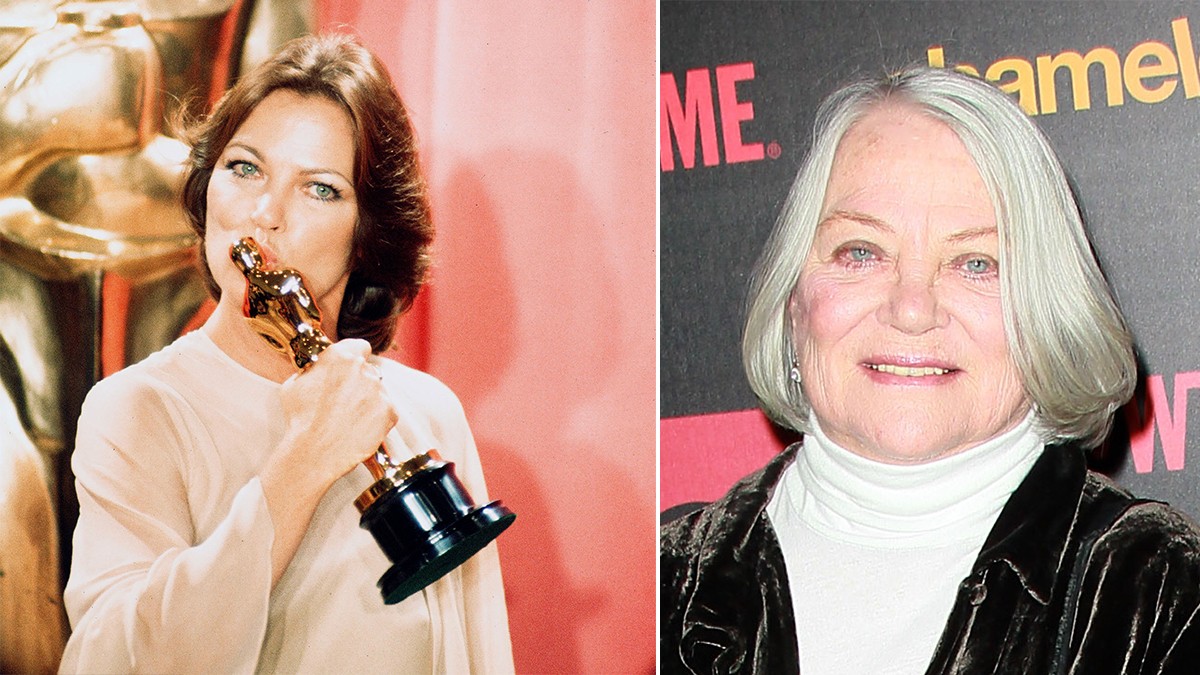Emilia Jones, the British actress who starred as Ruby in the Oscar-winning film CODA, underwent extensive preparation to authentically portray the only hearing member of a deaf family. A key aspect of this preparation involved learning American Sign Language (ASL). But how did she learn, and how long did it take?
Emilia Jones’s Nine-Month Journey into ASL
Jones dedicated nine months to learning ASL before filming began. This commitment highlights the importance of accurately representing the deaf community and ensuring genuine communication on screen. Her dedication extended beyond simply memorizing signs; she immersed herself in the language to understand its nuances and complexities.
This intensive training allowed Jones to convincingly interact with her deaf co-stars: Troy Kotsur (father), Daniel Durant (brother), and Marlee Matlin (mother), all acclaimed deaf actors. Their presence on set not only enriched the film’s authenticity but also provided Jones with invaluable feedback and support during her ASL learning journey.
The Challenges of Simultaneous Signing and Singing
One of the film’s most powerful scenes involves Ruby’s audition for a prestigious music school. This scene required Jones to simultaneously sing Joni Mitchell’s “Both Sides Now” and perform the song in ASL. This presented a unique challenge, demanding precise coordination and emotional conveyance through both voice and sign.
Jones described the experience as “like tapping your head and rubbing your tummy in the scariest way possible.” The difficulty lay in maintaining the fluidity of both the song and the signing, ensuring each element complemented the other without sacrificing accuracy or emotional impact. She worked tirelessly with ASL coaches, rehearsing extensively to master this complex performance.
The Importance of Authenticity in CODA
The dedication to ASL learning by Jones and the entire CODA team underscores the film’s commitment to authentic representation. This authenticity resonated deeply with audiences and critics alike, contributing to the film’s critical acclaim and numerous awards, including the Academy Award for Best Picture.
Jones’s hard work and commitment to learning ASL transformed her performance, making Ruby a believable and relatable character. Her journey exemplifies the power of dedication and the importance of authentic representation in storytelling. The success of CODA serves as a testament to the impact of genuine inclusivity both on and off the screen.
Beyond ASL: Other Preparations for the Role
While learning ASL was a significant undertaking, Jones also immersed herself in other aspects of Ruby’s life. Although not explicitly stated in the source material how she prepared, one can infer that she likely spent time with fishing families to understand the intricacies of their work and lifestyle. This comprehensive preparation further contributed to the authenticity of her portrayal.
In conclusion, Emilia Jones’s commitment to learning ASL was crucial to her performance in CODA. Her nine months of intensive training allowed her to authentically portray a child of deaf adults and contribute to a film that celebrated deaf culture and language.

